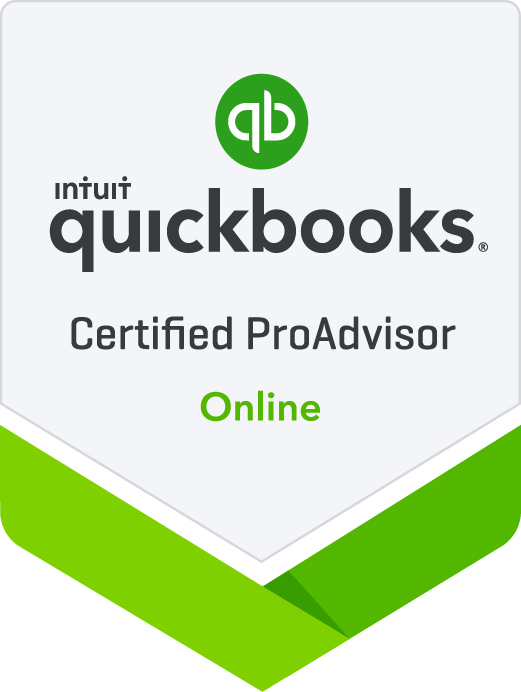Creating a Growth-Oriented Budget for Your Service-Based Business
/In the dynamic landscape of service industries, crafting a growth-oriented budget is crucial for propelling your company forward. A well-designed budget not only helps manage expenses but also strategically allocates resources to fuel expansion and innovation. Here's how you can create a budget that drives growth for your service-based business in 2025 and beyond.
Define Clear Growth Goals
Start by outlining specific, measurable objectives for your service business. This could involve expanding your client base, launching new service offerings, or increasing market share. For instance, if you're aiming to grow your customer base by 30%, your budget should reflect increased allocation towards sales team expansion and targeted marketing campaigns.
Understand Your Expenses
Categorize your expenses into fixed (e.g., rent, insurance, salaries) and variable (e.g., outsourcing fees, material costs) to allow for more flexible and strategic allocation of resources. This distinction is particularly important for service businesses, where costs can fluctuate based on project demands.
Allocate Funds for Growth Opportunities
Earmark funds specifically for expansion initiatives in your service business:
Hiring new talent to scale operations
Investing in technology to boost productivity and service delivery
Launching marketing campaigns to expand your customer base
Consider setting aside a percentage of monthly revenue for these growth initiatives.
Choose the Right Budgeting Approach
Several budgeting methods can support your service business's growth goals:
Percentage of Revenue: Allocate budget based on projected service revenue.
Zero-Based Budgeting: Rebuild your budget from scratch each period.
Goal-Oriented Budgeting: Structure your budget around specific service milestones.
Flexible Budgeting: Build in adaptability to accommodate market changes or rapid growth.
Standardize and Delegate
To grow efficiently, standardize your service offerings and work processes. Create quality standards for all your work and implement a digital leadership system. This allows you to delegate work more effectively, potentially to freelancers or less expensive staff, while maintaining service quality.
Leverage Technology and Automation
Invest in business automation tools and AI to streamline workflows, improve service delivery, and reduce overhead costs. This can help you scale your service business without proportionally increasing expenses.
Focus on On-Demand Service Delivery
Implement an on-demand service fulfillment model to optimize resource utilization. Hire only when you have work, and consider using freelancers to meet fluctuating demand. This approach helps maintain profitability while scaling your service business.
Monitor Key Performance Indicators (KPIs)
Regularly track and analyze KPIs relevant to your service business, such as client retention rates, project profitability, and team utilization rates. Use these insights to make data-driven decisions and adjust your budget allocation as needed.
Creating a growth-oriented budget for your service-based business requires a strategic approach that aligns financial planning with your specific industry objectives. By setting clear goals, understanding your expenses, allocating funds for growth, choosing the right budgeting method, and maintaining flexibility, you can create a financial roadmap that not only manages costs but actively drives your service business forward. Remember, in the service industry, your budget should reflect a balance between investing in your team's capabilities and delivering exceptional value to your clients.
Keep It Sunny~







